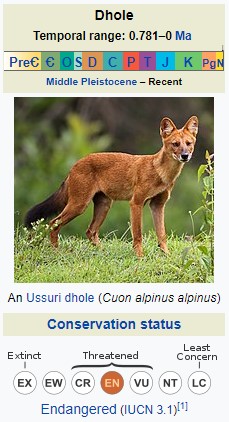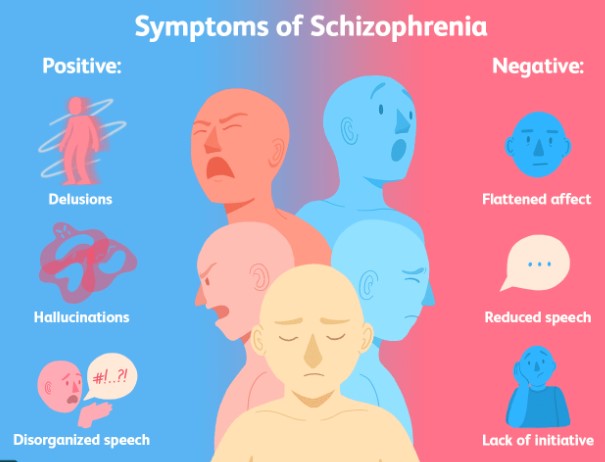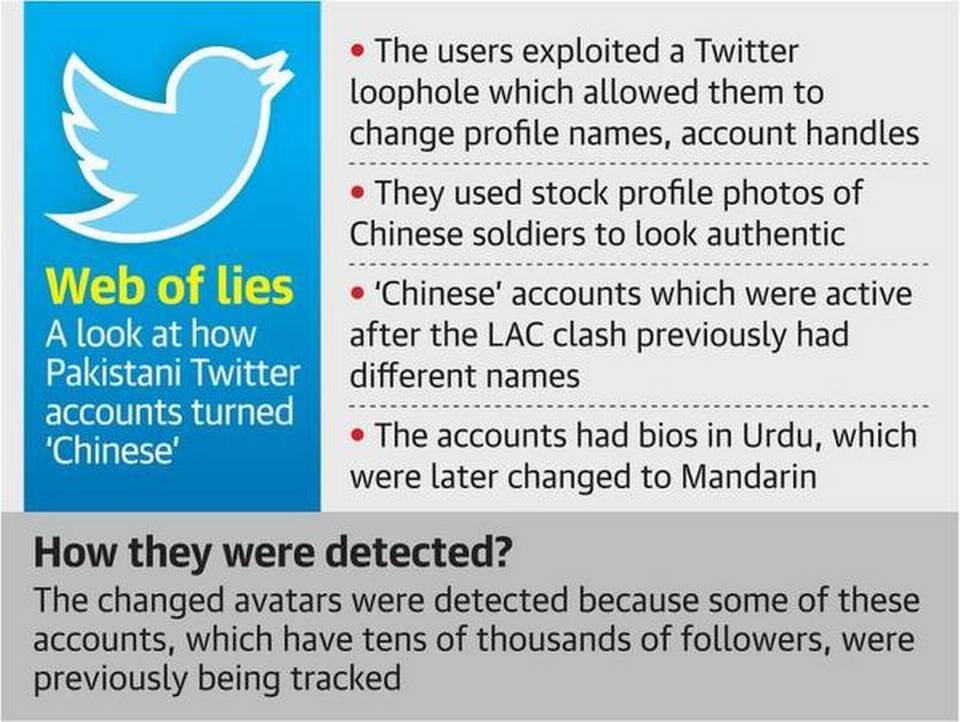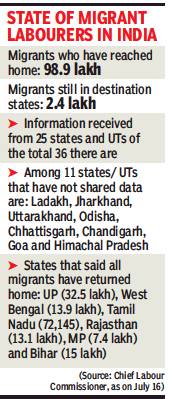Contents
- Conservation of the endangered Dhole
- Assam floods and UN’s conflict refugee camps
- Gene variants and susceptibility to Schizophrenia
- India to review Chinese language programmes
- Pakistanis behind ‘Chinese’ info war
- India, China hold Corps Commander-level talks
- Lack of jobs forces rural migrants to seek future in cities
- Novel coronavirus circulated unnoticed in bats
CONSERVATION OF THE ENDANGERED DHOLE
Focus: GS-III Environment and Ecology, Prelims
Why in news?
Karnataka, Maharashtra and Madhya Pradesh rank high in the conservation of the endangered dhole in India, according to a study.
Details
- Scientists found that Karnataka, Maharashtra and Madhya Pradesh were adequately equipped to maintain their high ranks in consolidating forest habitats and recover dhole populations by increasing prey density and reducing the pressure on forests.
- On the other hand, the study said, Arunachal Pradesh, Chhattisgarh, Odisha, Telangana and Goa will need to increase financial investments in the forest and wildlife sectors, and reduce the ease of granting forest clearances for infrastructure projects.
- It also found that improving habitat conditions and prey densities in the Eastern Ghats of Andhra Pradesh, Telangana and Odisha would “strengthen the link” between dhole populations in the Western Ghats and central India.
Dhole

- The dhole is a canid native to Central, South, East Asia, and Southeast Asia.
- Other English names for the species include Asian wild dog, Asiatic wild dog, Indian wild dog.
- It is listed as Endangered in the IUCN Red List.
- In India, the dhole is protected under Schedule 2 of the Wildlife Protection Act, 1972.
- During the Pleistocene, the dhole ranged throughout Asia, Europe, and North America but became restricted to its historical range 12,000–18,000 years ago.
- The dhole is a highly social animal, living in large clans without rigid dominance hierarchies.
- Factors contributing to this decline include habitat loss, loss of prey, competition with other species, persecution due to livestock predation and disease transfer from domestic dogs.
- The dhole occurs in most of India south of the Ganges, particularly in the Central Indian Highlands and the Western and Eastern Ghats. It is also present in Arunachal Pradesh, Assam, Meghalaya, and West Bengal and in the Indo-Gangetic Plain’s Terai region.
- In Central Asia, the dhole primarily inhabits mountainous areas.
-Source: The Hindu
ASSAM FLOODS AND UN’S CONFLICT REFUGEE CAMPS
Focus: GS-III Disaster Management, GS-II International Relations
Why in news?
Assam’s flood-displaced this year have had a taste of the kind of camps the United Nations runs for the Rohingya in Bangladesh, Kurds in Syria and other conflict refugees across the globe.
Details
- With COVID-19 in the backdrop, the floods in Assam have had a severe impact on children’s well-being and disrupted routine services for children and women.
- UNICEF provided technical support to the Assam State Disaster Management Authority (ASDMA) in the development of the policy guidelines for managing the CFSs (Child-Friendly Spaces).
- UNICEF also carried out swab sample tests of the relief camp inmates regularly.
UNICEF
- United Nations Children’s Fund (UNICEF) is a special program of the United Nations (UN) devoted to aiding national efforts to improve the health, nutrition, education, and general welfare of children.
- It is mandated by the United Nations General Assembly to advocate for the protection of children’s rights, to help meet their basic needs and to expand their opportunities to reach their full potential.
- UNICEF is guided by the Convention on the Rights of the Child, 1989, striving to establish children’s rights as enduring ethical principles and international standards of behaviour towards children.
Areas where UNICEF operates include:
- Child Development and Nutrition;
- Child Protection;
- Education;
- Child Environment;
- Polio Eradication;
- Reproductive and Child Health;
- Children and AIDS;
- Social Policy, Planning, Monitoring and Evaluation;
- Advocacy and Partnership;
- Behaviour Change Communication;
- Emergency Preparedness and Response.
UNICEF is funded exclusively by voluntary contributions, and the National Committees collectively raise around one-third of UNICEF’s annual income.
- UNICEF began its work in India in 1949 with three staff members and established an office in Delhi three years later.
- Nodal Ministry for working with UNICEF in India is Ministry of Women and Child Development.
-Source: The Hindu
GENE VARIANTS AND SUSCEPTIBILITY TO SCHIZOPHRENIA
Focus: GS-III Science and Technology
Why in news?
- Recently, a pilot study on a south Indian group of people with schizophrenia was carried out by Schizophrenia Research Foundation (SCARF) and Jeevan Stem Cell Foundation.
- The paper shows an association between Human Leukocyte Antigen (HLA) variations and schizophrenia.
Details
- Earlier studies indicate that different variants of specific genes (these variants are called alleles) may be involved in different ethnic groups.
- The paper adds a valuable piece of information, on the relation between immune response genes and schizophrenia.
- The researchers also studied the type of amino acid present in the peptide binding groove of HLA molecule and compared it among patients and controls, finding a significant difference.
What was found?
- HLA is important for proper functioning of immune system and its variations can lead to immunological abnormalities.
- When the immune system acts up, as in autoimmune disorders, generating anti-NMDA receptor antibodies, for example, it can lead to schizophrenia
Schizophrenia
- Schizophrenia is a mental illness characterized by continuous or relapsing episodes of psychosis.
- Major symptoms include hallucinations (often hearing voices), delusions (having beliefs not shared by others), and disorganized thinking.
- Other symptoms include social withdrawal, decreased emotional expression, and lack of motivation.
- There is no objective diagnostic test; diagnosis is based on observed behavior, a history that includes the person’s reported experiences, and reports of others familiar with the person.
- The mainstay of treatment is an antipsychotic medication, along with counselling, job training, and social rehabilitation.

-Source: The Hindu
INDIA TO REVIEW CHINESE LANGUAGE PROGRAMMES
Focus: GS-II International Relations
Why in news?
Close on the heels of its decision to drop Mandarin from its list of suggested languages under the National Education Policy, the Ministry of Education (Ministry of Human Resource Development) has decided to put several higher education institutes that offer Chinese language training under the scanner.
Details
- he Ministry of Human Resource Development and University Grants Commission (UGC) are in the process of reviewing the work being done by higher education institutions as part of agreements/educational arrangements with foreign institutions.
- In particular, the Ministry is looking closely at universities that have in the past had links with the official Chinese language training department “Hanban” that runs hundreds of “Confucius Institutes” (CI) abroad.
Confucius Institutes (CIs) in other countries
- CIs have come under scrutiny recently in Europe, the U.S. and other countries with allegations of them being used as espionage hubs.
- India has always been discouraging the setting up of CIs, while collaborating on Chinese language training.
- Chinese Ministry of Education plans to re-brand Hanban as an NGO called the “Centre for Chinese language education and cooperation”, in order to “disperse western misinterpretation”.
Hanban and CI
- Hanban, also known as Confucius Institute Headquarters, is the colloquial abbreviation for the Office of Chinese Language Council International.
- It was originally called the China National Office for Teaching Chinese as a Foreign Language.
- According to Hanban’s official website, Hanban is “a public institution affiliated with the Chinese Ministry of Education” and is committed to “providing Chinese language and cultural teaching resources and services worldwide”.
- Hanban is most notable for the Confucius Institute program, which consists of individual institutions, or Confucius Institutes, in regions around the world, including the U.S., South Korea, Germany, Sweden, and Africa.
-Source: The Hindu
PAKISTANIS BEHIND ‘CHINESE’ INFO WAR
Focus: GS-III Internal Security Challenges
Why in news?
Many of the ‘Chinese’ accounts that appeared on social media and spread false information about the border clash with India have been traced to Pakistan, in what is believed to be a coordinated disinformation campaign aimed at India.
Details
- The recent India-China border tensions sparked a first-of-its-kind information war on social media, where Indian and Chinese accounts on Twitter, Facebook and YouTube traded images and videos in an effort to both capture the narrative and the attention of the media.
- Many of the ‘Chinese’ social media accounts that posed as China-based users were actually Pakistani accounts.
- It is also useful to note that Twitter is banned in China, although it can be accessed using virtual private networks.
- These accounts have used a loophole on Twitter that allows users to not only change their profile names, but their Twitter handles as well.
- These accounts have shared false information about casualties from the clash, unrelated images of injured soldiers, and videos of troops’ confrontations that were from previous border incidents.
- This strategy has not been limited to adopting Chinese identities. Pakistani accounts have also recently adopted Nepali and Sri Lankan avatars, all with the same motivation: posting information aimed at creating an unfavourable narrative about India.

What is Fake News?
- Fake news is news, stories or hoaxes created to deliberately misinform or deceive readers.
- Usually, these stories are created to either influence people’s views, push a political agenda or cause confusion and can often be a profitable business for online publishers.
- Combating fake news is a growing narrative of the technology platforms like Facebook, Google, the news media, the government and an informed citizenry.
- Fake news affects free speech and informed choices of the subjects of the country, leading to the hijacking of democracy.
- The advent of social media has decentralized the creation and propagation of fake news.
How to deal with fake news?
The current response to fake news primarily revolves around three prongs — rebuttal, removal of the fake news item and educating the public.
- Rebuttal: It is a form of fact-checking wherein the fake news is debunked by pointing out errors like mismatch, malicious editing and misattribution.
- Removal of Fake news: Technical companies like Facebook and YouTube uses algorithms to proactively remove fake news from their platforms.
- It is impossible to completely ‘remove’ fake news even after rebuttal, given the decentralised nature of dissemination.
- It may be possible to rebut fake news but the ‘fake news factory’ inspired by political agenda, will keep churning out similar stories to advance its chosen narrative.
-Source: The Hindu
INDIA, CHINA HOLD CORPS COMMANDER-LEVEL TALKS
Focus: GS-II International Relations
Why in news?
India and China held the fifth round of Corps Commanders-level talks at Moldo on the Chinese side to take forward the stalled process of disengagement on the Line of Actual Control (LAC).
Details
- As with earlier rounds, the talks were led by Leh-based 14 Corps commander Lt. Gen. and South Xinjiang military commander Maj. Gen.
- The Corps Commanders of the two sides have held four rounds of talks so far to de-escalate from the build-up in Galwan Valley, Gogra-Hot Springs and the Finger area along the Pangong Tso (lake) in Ladakh sector along the LAC.
- However, there has been no update on the situation at the strategically important Depsang plains.
Situation
- India has demanded that status quo be restored along the unsettled boundary line.
- China had massed troops along the LAC and occupied positions in India’s perception of the LAC in Eastern Ladakh.
- The Indian Ministry of External Affairs said that the disengagement process of troops had not yet been completed.
- The first phase of disengagement undertaken in early July remains incomplete with disengagement completed only at Galwan valley and Patrolling Point (PP) 15 in Gogra-Hot springs area.
- With a return to status quo of pre-May positions nowhere in sight, the Army has been preparing for extended deployment and stocking up for the harsh winter in the high-altitude region for the large number of troops deployed along the LAC.
-Source: The Hindu
LACK OF JOBS FORCES RURAL MIGRANTS TO SEEK FUTURE IN CITIES
Focus: GS-III Indian Economy
Why in news?
A survey of households from rural India across 11 states, to assess the impact of the lockdown and how the hinterland is unlocking, points towards reverse migration, prompted by absence of skilled employment in villages, and is reflected in nearly 2/3rd of migrants having either returned to cities or expressing the wish to do so.
Survey results show of return
- The data shows that more than 1,000 households with migrants who were working in other cities, around 75% returned to their villages due to the circumstances arising out of the pandemic and that almost 30% have already returned to metros.
- Also 45% of those still in the village think they will move back to the city.
- While one-fourth of those back in cities are looking for work, there is better news with a drop-in number of people making do with fewer meals.
- There is evidence that welfare nets are working as 85% accessed the public distribution system.
- The survey, however, shows only 38% recieved transfers under the PM Kisan scheme.

-Source: Times of India
NOVEL CORONAVIRUS CIRCULATED UNNOTICED IN BATS
Focus: GS-III Science and Technology
Why in news?
- The novel coronavirus (SARS-CoV-2) has been circulating unnoticed in bats for decades. Bats have been the “primary reservoirs” for novel coronavirus.
- The SARS-CoV-2 virus is likely to have diverged from closely related bat viruses called the sarbecovirus, 40-70 years ago, according to a recent study.
Details
- Researchers had found that SARS-CoV-2 is most closely related to RaTG13 sarbecovirus, which was isolated from a horseshoe bat in Yunnan province in 2013.
- Based on the nearly 96% genome sequence identity between SARS-CoV-2 and RaTG13 it was said an origin in bats is probable for the COVID-19 outbreak.
What the study found?
- After studying the evolutionary history of SARS-CoV-2 using genomic data on sarbecoviruses – all approaches suggest that RaTG13 and SARS-CoV-2 share a single ancestral lineage and estimate that SARS-CoV-2 genetically diverged from related bat sarbecoviruses in 1948, 1969 and 1982, respectively.
- So, the study leads to show that “Many species of bat harbour several viruses which can cross over to new hosts. When we disrupt habitats, we will face more such threats.”
- They also concl0ude that it is plausible that pangolins could have been a conduit for transmission to humans, but there is “no evidence that pangolins facilitated adaptation to humans” by being an intermediate host.
-Source: The Hindu





